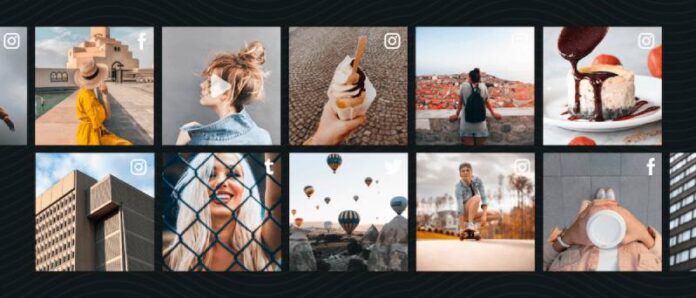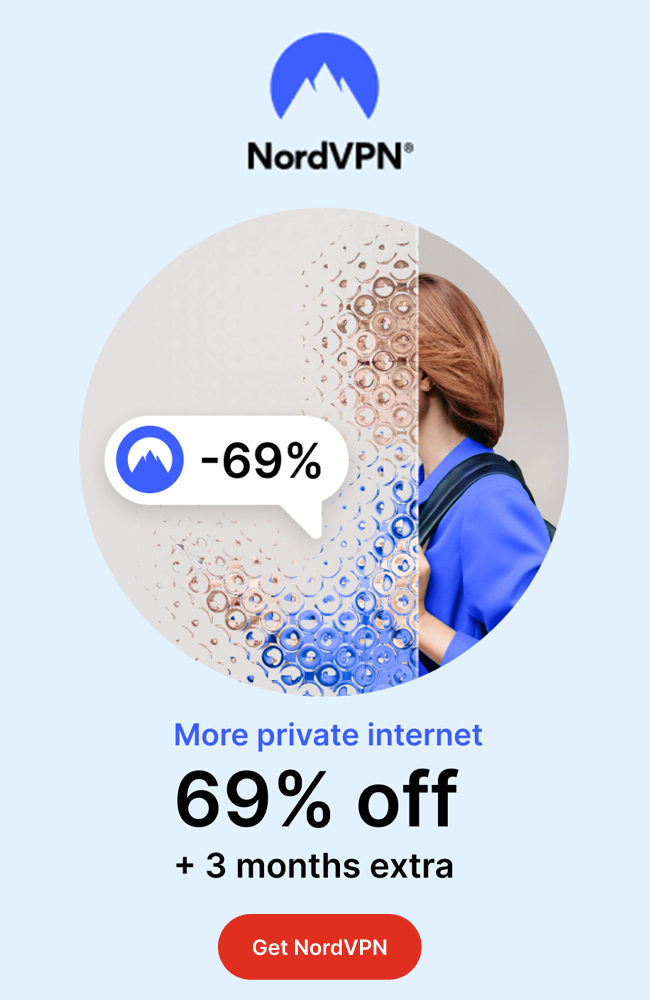User-generated content is integral to major brands & businesses when they launch their marketing campaigns. And it is no coincidence that user-generated content is preferred by almost every business in the market. It serves a number of benefits that are hard for any other form of content.
To give you a clear idea of how user-generated content is serving a number of major brands, we will have a look at some of the most inspiring examples of user-generated content campaigns. So, without further ado, let’s get on with it.
5 Inspiring Examples Of UGC Campaigns
Coca-Cola’s “Share A Coke” Campaign
The marketing department of Coca-Cola came up with the concept to launch a “sharing a coke” campaign via social media and advertising. Overnight it has started to witness a wonderful response from ordinary clients around the globe.
The first time this concept entered the Australian consciousness was in 2011, when Coke opted to print 150 of the most well-known and frequent names on its bottles, urging consumers to “share a coke” with their loved ones.
Based on each nation’s culture, traditions, and history, the campaign was rotated among those nations. The “share a Coke” campaign became an immediate success after people enthusiastically began to share images of themselves holding the bottles on social media.
Netflix’s “Stranger Things” Campaign
Netflix chose to use some imaginative User Generated Content to promote their series, which is based on their original series “Stranger Things”. In order to promote fans’ tweets about forthcoming Netflix premieres, the company typically uses short hashtags, typically the show’s title.
In one of these campaigns, Netflix utilized the hashtag ‘Stranger Things2’ to advertise the upcoming second season of the television show.
As a result of this behavior, Instagram users who were interested in finding out more were persuaded to return to the Netflix page.
As a result of being amused by this concept, thousands of users were inspired to share pictures of bizarre things they encountered in daily life with the show’s name hashed or tagged.
In just two weeks, Netflix created nearly 1 million viewers using those original pieces of UGC that were shared globally.
Apple’s #ShotOnIphone Campaign
Nothing is more sincere and persuasive than your customers endorsing the product they like. After learning about users’ issues with the typical camera’s capabilities for photos taken in low light, Apple quickly realized this.
Apple immediately started the #ShotOnIphone campaign to restore their lost faith in the iPhone’s camera capabilities.
This problem was causing Apple to lose a lot of fans & customers. So, in order to quickly solve this issue and restore the trust of its users, Apple gave this campaign a lot of priority.
The initiative encouraged amateur and expert users to utilize their iPhones to take images in low light and post them online.
The campaign “Shot on iPhone” was then used to upload those stunning low-light photos on YouTube. The majority of the ad featured some of the most stunning low-light user-taken images, which were captured with the iPhone’s lens.
By utilizing such creative user-generated content, Apple was able to win back the trust of its sceptical users while simultaneously cutting expenses on production, development, and the execution of its marketing campaign.
Apple made all those customers feel incredibly special when they utilized their graphic content in Apple’s advertising worldwide.
National Geographic’s “Wanderlust” Campaign
National Geographic demonstrated the immense value of user-generated content in the travel industry. National Geographic, a publication renowned for its breathtaking photography, used Instagram to launch its “Wanderlust” competition.
Fans were tasked with taking pictures of people, locations, and travel experiences to post on Instagram using the hashtag #wanderlustcontest.
Participants were provided an opportunity to win a National Geographic Photo Expedition to Yosemite National Park by sharing their images online.
Travel-obsessed fans of National Geographic were engaged, and a tonne of shareable content was produced by matching the contest and prize with the interests of the followers.
IKEA: Social Catalog
IKEA, a global leader in furniture, made use of online visual merchandising by compiling a library of client photographs.
The business urged customers to take a snapshot of a page from their print catalog and upload it to Facebook or Instagram. This not only featured IKEA customers but also stirred up discussion on social media.
IKEA further encouraged involvement by picking a winner each week to receive the item they had listed. The full catalog was released on social media after around four weeks, and IKEA saw significant growth in its following.
Wrapping Up
User-generated content is brilliant for brands & businesses for a number of reasons. It has been serving a lot of brands & businesses in recent years with the benefits that it brings along.
Major businesses are taking full advantage of user-generated content by running campaigns around it. Here we mentioned some of the inspiring examples of user-generated content campaigns from which you would definitely learn.



